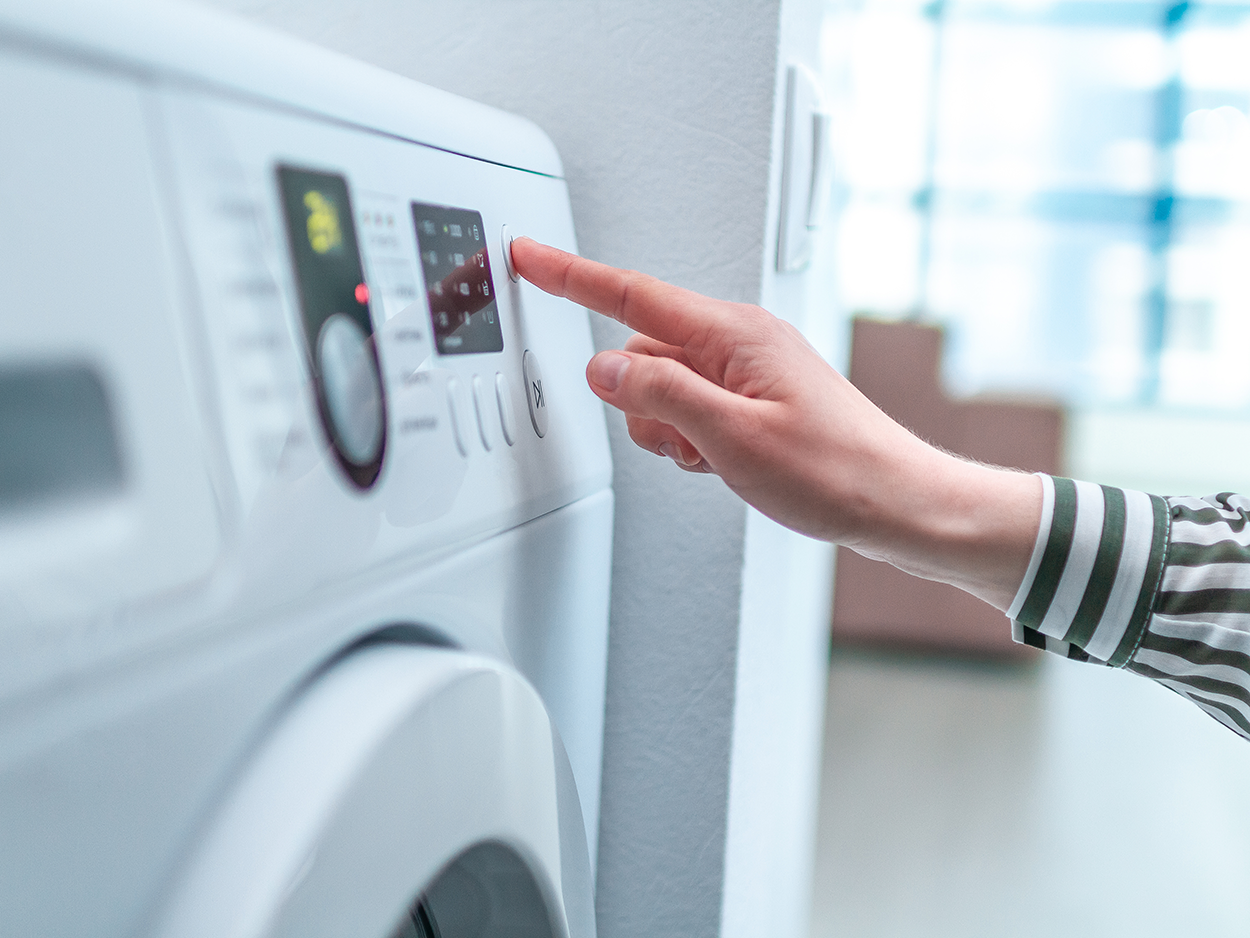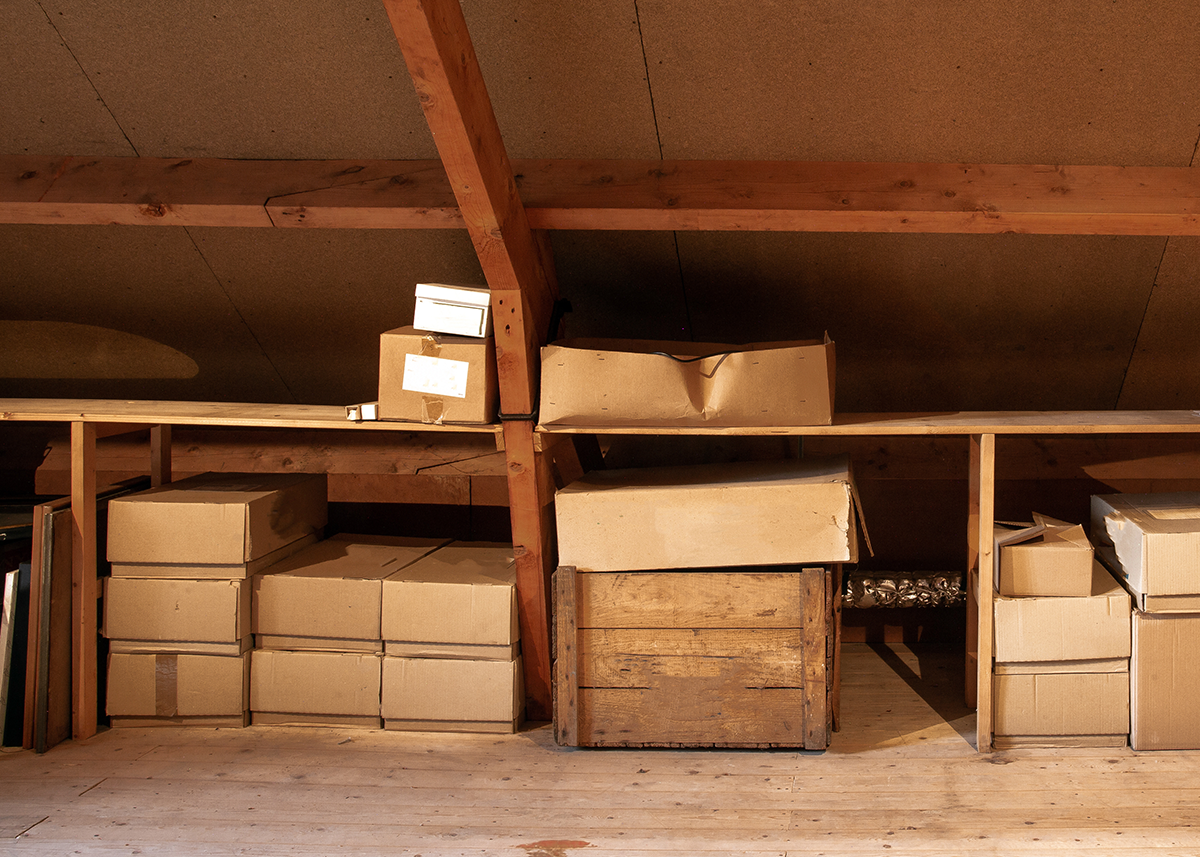
As winter's chilly embrace settles in, many of us find comfort in the warmth of our homes. However, as we seal ourselves off from the cold, we may inadvertently be trapping pollutants and compromising the quality of the air we breathe indoors. We will explore the various ways winter affects indoor air quality and discuss practical strategies to maintain a healthy living environment during the colder months.
Reduced Ventilation
One of the primary contributors to poor indoor air quality during winter is reduced ventilation. With windows and doors tightly shut to keep the cold air out, the exchange of fresh outdoor air with indoor air decreases significantly. This can lead to a buildup of indoor pollutants such as dust, and pet dander.
To combat this, consider periodically ventilating your home by opening windows for a few minutes, even on colder days. This quick burst of fresh air can flush out stale indoor air and improve overall air circulation.
Heating Systems and Air Quality
As temperatures drop, the reliance on heating systems increases. While these systems are essential for maintaining a comfortable indoor environment, they can have unintended consequences for air quality. Furnaces, wood-burning stoves, and gas heaters may produce particulate matter, carbon monoxide, and other pollutants.
To minimize the impact of heating systems on indoor air quality, ensure regular maintenance, and use high-quality air filters. Additionally, consider investing in air purifiers specifically designed to capture particles emitted by heating appliances.
Humidity Levels and Mold Growth
Winter often brings with it dry air, and heating systems can exacerbate this by further reducing indoor humidity. Low humidity levels not only contribute to dry skin and irritated respiratory passages but also create an environment conducive to mold growth. Mold can release spores into the air, leading to respiratory issues and other health concerns.
To maintain optimal humidity levels, use a humidifier and ensure proper ventilation. Regularly inspect and address any water leaks or damp areas that may promote mold growth.
Protecting Against Winter Allergens
While outdoor allergens may decrease during winter, indoor allergens can become more prominent. Spending more time indoors exposes us to common triggers like dust mites, pet dander, and indoor molds. These allergens can exacerbate respiratory conditions and cause discomfort.
Regular cleaning, including vacuuming, washing bedding, and grooming pets, can help minimize exposure to indoor allergens.
By understanding the challenges posed by reduced ventilation, heating systems, humidity levels, and allergens, we can take proactive measures to create a healthier home environment. With a combination of proper ventilation, regular maintenance, and strategic use of appliances, we can ensure that the warmth of our homes during winter is accompanied by clean and fresh indoor air.









